Down memory lane: Hubble's greatest discoveries in year 2016!
Down memory lane: Hubble's greatest discoveries in year 2016!
Down memory lane: Hubble's greatest discoveries in year 2016!
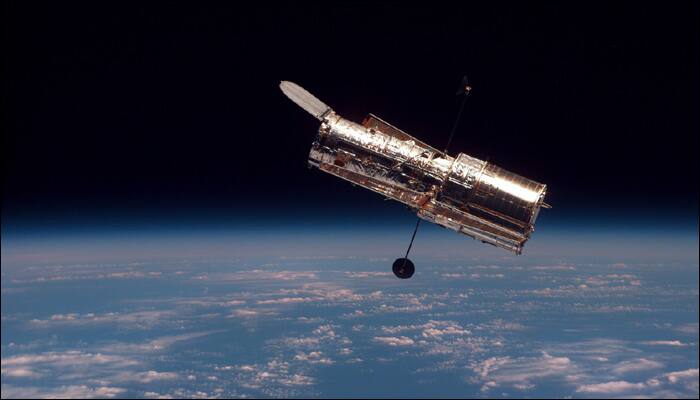
Ever since its launch in space in 1990, NASA's Hubble Space Telescope has delivered stunning insights into galaxies and stars delving deep into their structure and evolution.
Hubble has helped scientists tremendously to reach out into the depths of the universe and discover numerous things that would have otherwise, been impossible.
With its hawk-like eye, the telescope has caught numerous discoveries, some of which, have turned out to be massive revelations.
With its incredible photographic capabilities, Hubble has never disappointed space and science aficionados who have always looked forward to its findings.
Year 2016 has been another fruitful year for Hubble, as well as scientists who are dependent upon the telescope for its revelations.
Have a look at the top 10 discoveries made by Hubble in 2016!
(Image source: NASA)
When Hubble found ten times more galaxies than thought!
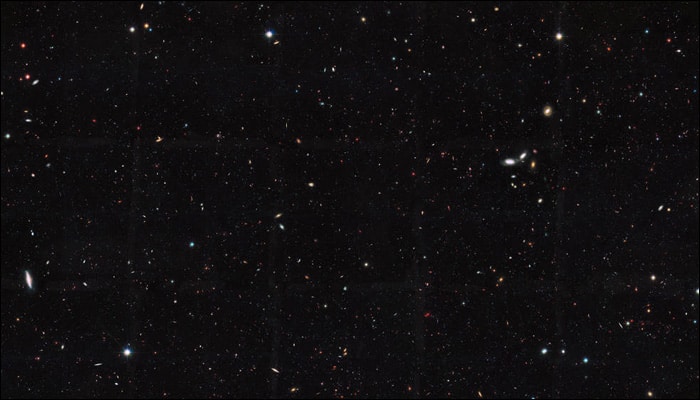
This finding placed the universe's estimated galaxy population at, minimally, 2 trillion galaxies.The galaxies are relatively small and faint, with masses similar to those of the satellite galaxies surrounding the Milky Way. As per scientists, this basically means that every patch in the sky contains part of a galaxy.
Hubble observes Galaxy Cassiopeia's unusal resident!

Sitting pretty some 38 million light-years away in the northern constellation of Cassiopeia, also known as The Seated Queen, Hubble spotted the spiral cosmic beauty, which is is currently undergoing an immense burst of star formation.
NGC 278’s star formation is somewhat unusual; it does not extend to the galaxy’s outer edges, but is only taking place within an inner ring some 6500 light-years across, as per scientists.
Hubble delivers a glimpse of massive cosmic fireballs!
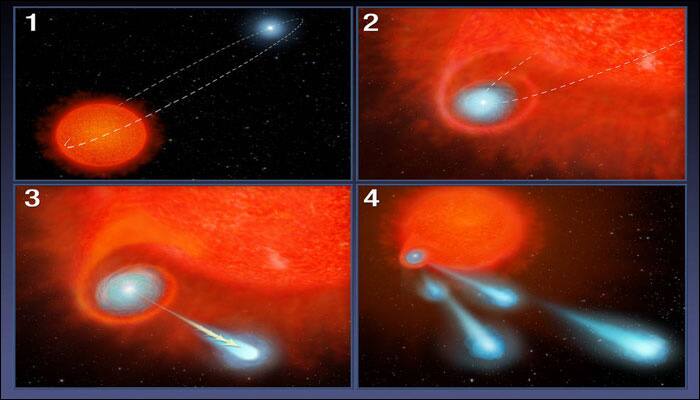
Enormous fireballs, twice the size of Mars, were spotted by Hubble being ejected near a dying star. Scientists estimated that the temperature of these gaseous blob is around 17,000 degree Fahrenheit, which is twice as hot as the surface of the sun.
This stellar "cannon fire" has continued once every 8.5 years for at least the past 400 years, astronomers estimate, according to NASA.
A planet orbiting two stars!
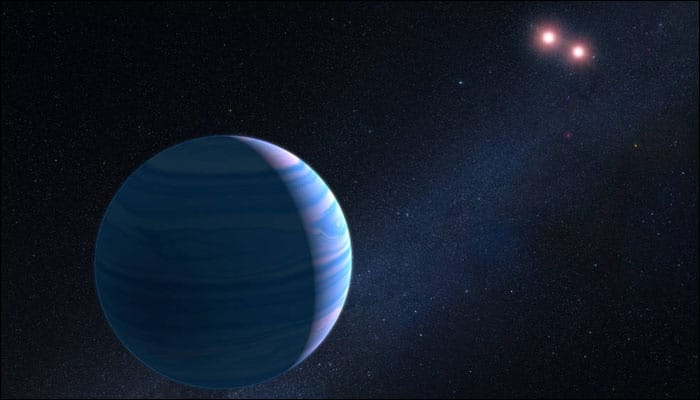
With the help of Hubble, astronomers confirmed the existence of a planet orbiting pair of stars in the system OGLE-2007-BLG-349, located 8,000 light-years away towards the center of our galaxy.
The planet orbits roughly 300 million miles from the stellar duo and completes an orbit around both the stars roughly every seven years. The two red dwarf stars are a mere 7 million miles apart or 14 times the diameter of the moon's orbit around Earth.
Picture perfect: Hubble clicks a comet breaking apart at just the right moment!

A detailed observation of a comet breaking apart 108 million kilometres from Earth was captured by Hubble's hawk-like eye. In a series of images taken over three days in January 2016, Hubble showed 25 fragments consisting of a mixture of ice and dust that are drifting away from the comet at a pace equivalent to the walking speed of an adult.
The images suggest that the roughly 4.5-billion-year-old comet, named 332P/Ikeya-Murakami, or comet 332P, may be spinning so fast that material is ejected from its surface. The resulting debris is now scattered along a 4,828-km-long trail.
A close-up of Crab Nebula's 'beating heart'!
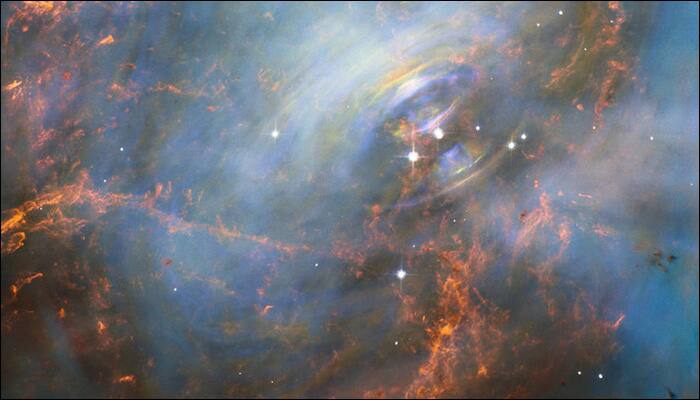
Crab Nebula, a supernova remnant, contains the dramatic remains of a an exploding star in its core. That is the beating heart of one of the most historic and intensively studied remnants of a supernova.
In the image, the inner region can be seen sending out clock-like pulses of radiation and tsunamis of charged particles embedded in magnetic fields.
The Hubble snapshot is centered on the region around the neutron star, surrounded by filamentary debris. Hubble's sharp view captures the intricate details of glowing gas, shown in red, that forms a swirling medley of cavities and filaments.
Hubble captures a newly-born star!
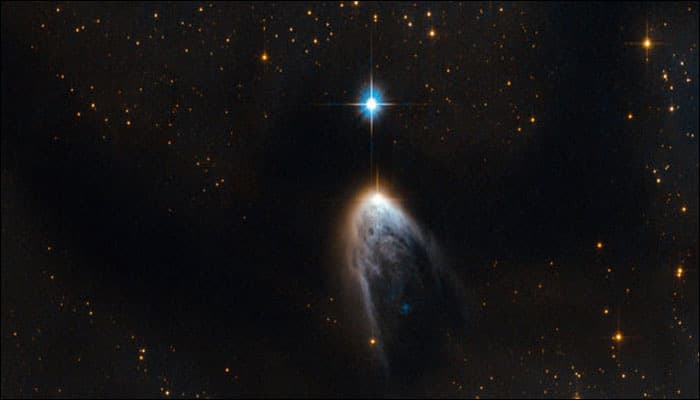
Hubble discovers Moon orbiting dwarf planet Makemake!
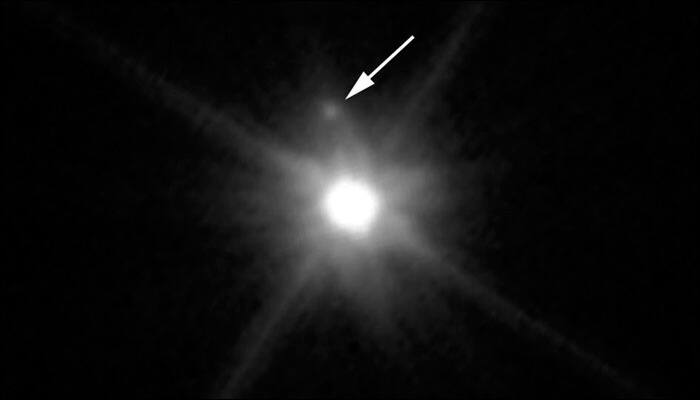
A small, dark Moon orbiting the dwarf planet Makemake was captured by Hubble. Makemake is the second brightest icy dwarf planet after Pluto in the Kuiper Belt.
The moon is nicknamed as MK 2 and provisionally designated S/2015 (136472) 1 is more than 1,300 times fainter than the dwarf planet Makemake.
Hubble's record-breaking discovery!

Using the Hubble Space Telescope astronomers spotted the farthest galaxy ever seen in the universe. This surprisingly bright infant galaxy, named GN-z11, was seen as it was 13.4 billion years in the past, just 400 million years after the Big Bang.
GN-z11 is 25 times smaller than the Milky Way and has just one percent of our galaxy's mass in stars. GN-z11 is located in the direction of the constellation of Ursa Major.
Hubble conducts first atmospheric study of earth-sized exoplanets!
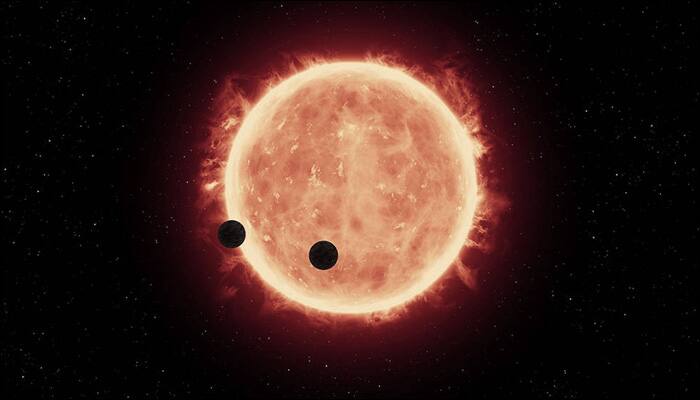
The research findings increase the chances of habitability on two exoplanets - TRAPPIST-1b and TRAPPIST-1c.
They found that the two exoplanets, approximately 40 light-years away, are unlikely to have puffy, hydrogen-dominated atmospheres usually found on gaseous worlds.
The planets orbit a red dwarf star at least 500 million years old, in the constellation of Aquarius.








